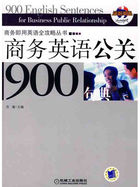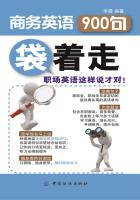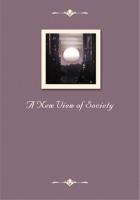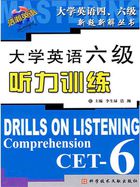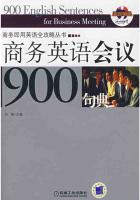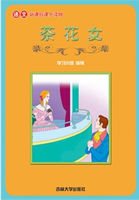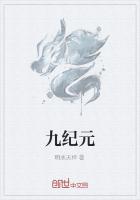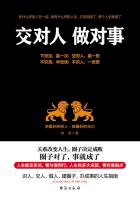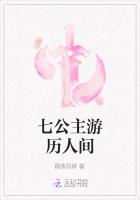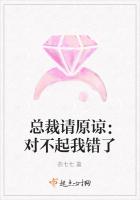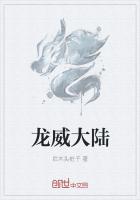你曾经试过用你的声音来控制计算机吗?在麦克风的帮助下,语音控制已经在一些非常流行的,像WPS 2000这样的文字处理软件中使用了。毫无疑问,这是人与计算机沟通的最方便,也是最自然的方法。
【Reading Material】
PRINTES
Dot-matrix Impact Printers
Characters are printed as a matrix of dots. Thin print wires driven by solenoids at the rear of the print head hit tile ribbon against the paper to produce dots. The print wires are arranged in a vertical column so that characters are printed out one dot column at a time as the print head is moved across a line. Early dot-matrix print heads had only seven print wires, so print quality of these units was not too good. Currently available dot-matrix printers use 9, 14 ,18, or even 24 print wires in the print head. Using a large number of print wires and/or printing a line twice with the dots for the second printing offset slightly from those of the first, produces print that is difficult to tell from that of an electric or daisy wheel.
Unlike the formed character printers, dot matrix printers can also print graphics. To do this the dot pattern for each column of dots is out from the print head solenoids as the print head is moved across the paper. The principle is similar to the way we produce bitmapped raster graphics on a CRT screen. By using different color ribbons and making several passes across a line, some dot-matrix impact printers allow you to print color graphics, most dot-matrix printers now contain one or more microprocessors to control all of this.
Dot-Matrix Thermal Printers
Most thermal printers require paper which has a special heat-sensitive coating. When a spot on this special paper is heated, the spot turns dark. Characters or graphics are printed with a matrix of dots. There are two main print head shapes for producing the dots. For one of these the print head consists of a 5 by 7 or 7 by 9 matrix of tiny heating elements. To print a character the head is moved to a character position and the dot-sized heating elements for the desired character turned on. After a short time the heating elements are turned off and the head is moved to the next character position. printing then is done one complete character at a time.
The main advantage of thermal printers is their low noise. Their main disadvantages are: the special paper or ribbon is expensive, printing carbon copies is not possible, and most thermal printers with good print quality are slow.
Laser and Other Xerographic Printers
These printers operate on the same principle as most office copy machines, such Xerox machines. The basic approach is to first form an image of the page that is to be printed on a photosensitive dram in the machine. Powdered ink, or "toner", is then applied to the image on the drum. Next tile image is electro statically transferred from the drum to a sheet of paper. Finally the inked image on tile paper is"fused", usually with heat.
Ink-Jet Printers
Still another type of printer that uses a dot-matrix approach to produce text and graphics is the ink-jet. Early ink-jet printers used a pump and a tiny nozzle to send out a continuous stream of tiny ink globules. These ink globules were passed though an electric field which left them with an electrical charge. The stream of charged ink globules was then electro statically deflected to produce characters on the paper in tile same way that the electron beam is deflected to produce an image on a CRT screen. Excess ink was deflected to a gutter and returned to tile ink reservoin Ink-jet printers are relatively quiet, and some of these electro statically deflected ink-jet printers can print up to 45,000 lines /min. Several disadvantages, however, prevented them from being used more widely. They tend to be messy and difficult to keep working well. Print quality at high speeds is poor and multiple copies are not possible.
Newer ink-jet printers use a variety of approaches to solve these problems. Some, such as the HP Think jet, use ink cartridges which contain a column of tiny heaters. When one of these tiny heaters is pulsed on, it caused a drop of ink to explode onto the paper. Others, such as the IBM Quiet writer, for example, use an electric current to explode microscopic ink bubbles from a special ribbon directly onto the paper. These last two approaches are really hybrids of thermal and ink-jet technologies.
【New Words】
matrix
矩阵
rear
后面,背后
vertical
垂直的,垂直线
thermal 热的,热量的
xerographic 静电印刷术
Ink-Jet
喷墨的
2.4 System Buses
A bus is a communication pathway connecting two or more devices. A key characteristic of a bus is that it is a shared transmission medium. Multiple devices connect to the bus, and a single transmitted by any device is available for reception by all other devices attached to the bus. If two devices transmit during the same time period, their signals will overlap and become garbled. Thus, only one device at a time can successfully transmit.
In many case, a bus actually consists of multiple communication pathways. Each line is capable of transmitting signals representing binary 1 and binary 0. Over time, a sequence of binary digits can be transmitted across a single line. Taken together, several lines of a bus can be used to transmit binary digits simultaneously (in parallel). For example, an 8-bit unit of data can be transmitted over eight bus lines.
Computer systems contain a number of different buses that provide pathways between components at various levels of computer system hierarchy. A bus that connects major computer components (CPU, memory, I/O) is called a system bus. The most common computer interconnection structures are based on the use of one or more system buses.
1. Bus Structure
A system bus consists, typically, of from 50 to 100 separate lines. Each line is assigned a particular meaning or function. Although there are many different bus designs, on any bus the lines can be classified into three functional groups: data, address, and control lines. In addition, there may be power distribution lines that supply power to the attached modules.

